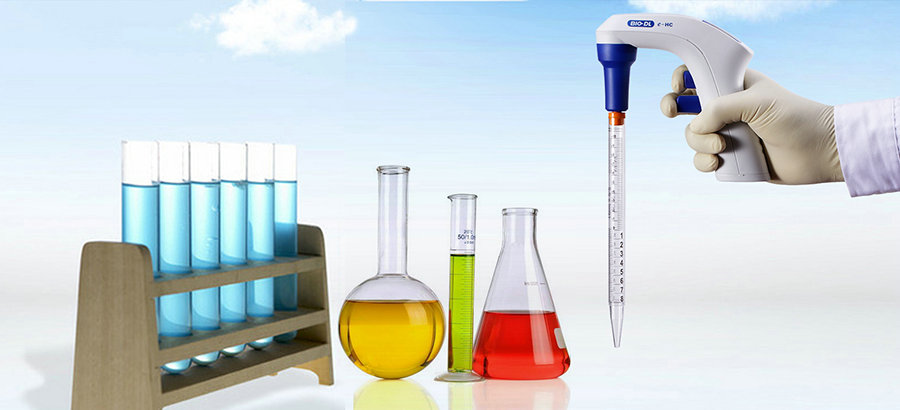
Operation steps of electric pipette:
1. Firstly, use a wiping paper dipped in a small amount of 75% alcohol to wipe the surface of the electric high-capacity pipette;
2. Choose a pipette of appropriate size, open the package from the top, and only touch the part above the scale line with your hand;
3. Insert the pipette correctly into the cone connector of the electric high-capacity pipette, and then remove the remaining pipette packaging;
4. Open the lid of the container for the liquid to be transferred, keep the pipette vertically inserted below the liquid level, and press the suction button to suck the liquid;
5. Measure the volume of liquid to be transferred using the scale line on the wall of the pipette;
6. After the liquid aspiration is completed, release the aspiration button, rub the pipette against the inner wall of the test tube, and then remove the pipette from the container;
7. Hold the pipette vertically and place it against the inner wall of the container. Press the drain button carefully to release the liquid;
8.After the liquid transfer is completed, correctly remove the liquid tube and handle it properly.

Precautions for using electric pipette:
Glass pipettes are fragile items that may cause serious cuts when broken, so there is no need to insert them forcefully;
When suctioning, the scale at the bottom of the half moon shaped liquid surface should be read, not the top of the liquid surface;
When sucking or draining a large amount of liquid, you can use force to press the suction button or select a high gear speed to increase the pipetting speed; When using a small volume pipette, it is necessary to gently apply force and use a slow speed to avoid the liquid from being sucked into the top of the pipette and contaminating the membrane filter and sample;
When there is solution in the pipette, do not tilt the pipette to prevent liquid from entering the top of the pipette and contaminating the membrane filter and sample;
Do not touch any unsterilized surface with the lower end of the pipette to prevent contamination;
Do not touch the lower end of the pipette that has been immersed in the liquid surface to prevent corrosive or toxic liquids from harming the experimenters;
Before handling organic solvents or corrosive chemicals, the chemical resistance must be checked, and only liquids with volatile vapors that will not corrode the materials used can be used;
When the membrane filter is missing or damaged, pipetting can cause equipment damage. Do not use suction aids without installing the membrane filter, and replace the damaged membrane filter in a timely manner;
Electric high-capacity pipettes commonly used in laboratories should be cleaned and stored regularly.